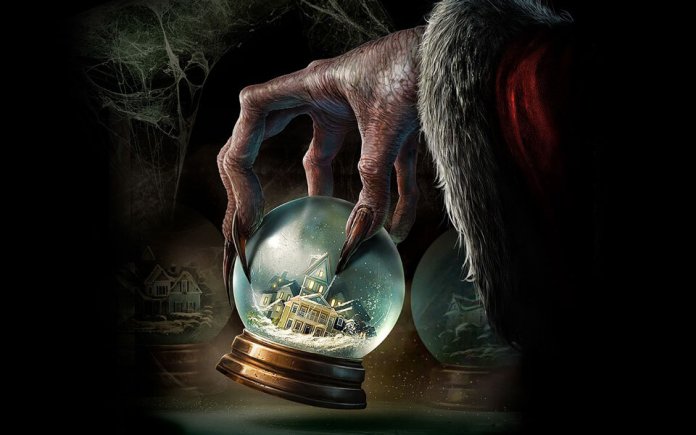For most children and adults, Christmas is a time of joy and welcome gifts. However, there are certain traditions in Europe that hint at the darker past of the holiday. Europeans have traditionally associated Christmas time with gloomy folkloric creatures. Introducing you top 7 mysterious and dark stories related to Christmas.
7. Christmas and werewolves
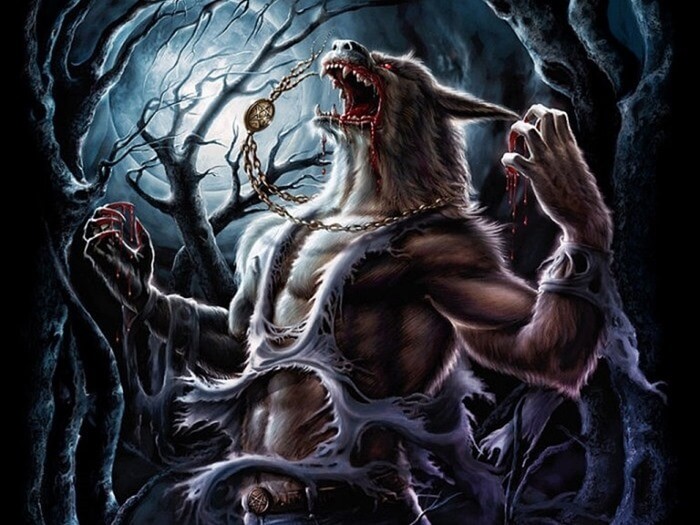 According to Central and Southern European beliefs, children born on Christmas Day can become werewolves. Why? Because they were born on the same day as Jesus Christ, and this was viewed as blasphemy in relation to the Son of God. In his famous novel The Werewolf in Paris, Guy Endor recalled this legend. The hero of his book was born just at Christmas.
According to Central and Southern European beliefs, children born on Christmas Day can become werewolves. Why? Because they were born on the same day as Jesus Christ, and this was viewed as blasphemy in relation to the Son of God. In his famous novel The Werewolf in Paris, Guy Endor recalled this legend. The hero of his book was born just at Christmas.
6. Holda
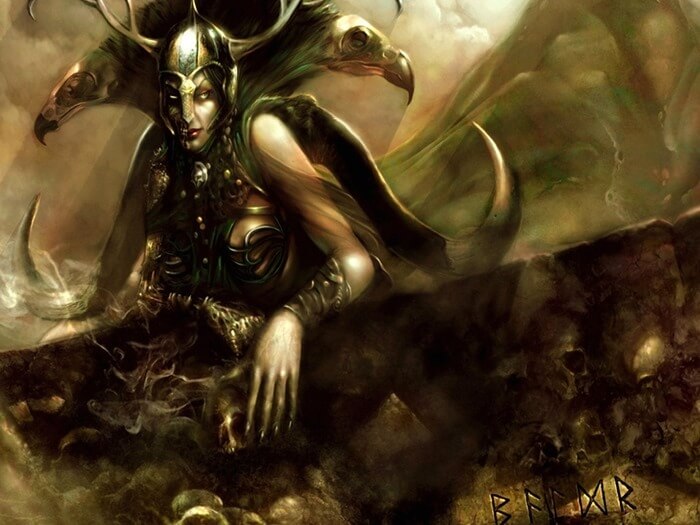 Also known as Hall and Hall, Holda is a Germanic goddess who can be found in the folklore of Scandinavia, northern Germany and the alpine regions of Bavaria, Austria, Switzerland, and South Tyrol. According to legend, Holda spends the nights between Christmas and Epiphany traveling by carriage or horseback as a member of the Wild Hunt. It is believed that she leads the souls of unbaptized babies and those who are not yet ready to go to heaven, that is, pagans and witches. “Riding from the Hall” means walking with the witch.
Also known as Hall and Hall, Holda is a Germanic goddess who can be found in the folklore of Scandinavia, northern Germany and the alpine regions of Bavaria, Austria, Switzerland, and South Tyrol. According to legend, Holda spends the nights between Christmas and Epiphany traveling by carriage or horseback as a member of the Wild Hunt. It is believed that she leads the souls of unbaptized babies and those who are not yet ready to go to heaven, that is, pagans and witches. “Riding from the Hall” means walking with the witch.
5. Krampus
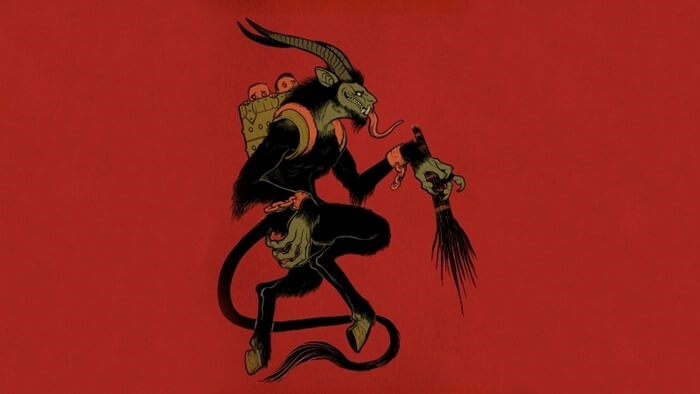 Thanks to the Internet, comics and horror films, there has been a surge of interest in this demonic helper of Saint Nicholas.
Thanks to the Internet, comics and horror films, there has been a surge of interest in this demonic helper of Saint Nicholas.
In East Tyrol and the German-speaking areas of South Tyrol, the Krampus is an ugly and hairy creature that children can summon on the eve of St. Nicholas Day. Waking up, Krampus follows Saint Nicholas, but if the latter gives good children, then Krampus punishes the bad ones. He either puts coal under the pillow, or puts it in a bag and takes it to the cave. Krampus is believed to use the kidnapped child as the main dish at his Christmas dinner. Don't be naughty!
4. Frau Perchta
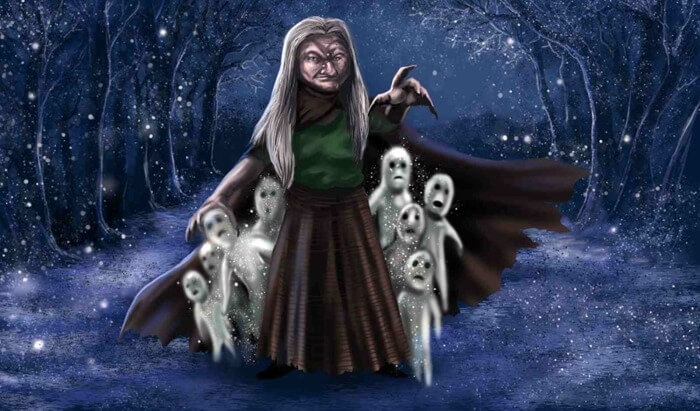 Another pagan Germanic goddess included in our rating of amazing Christmas stories. The twelfth night (January 6) was considered her day. Frau Perchta's favorite dishes are fish and porridge. For those who eat something else on her holiday, the capricious goddess could stuff their bellies with straw.
Another pagan Germanic goddess included in our rating of amazing Christmas stories. The twelfth night (January 6) was considered her day. Frau Perchta's favorite dishes are fish and porridge. For those who eat something else on her holiday, the capricious goddess could stuff their bellies with straw.
To appease Perkhta, it was recommended to leave her milk or porridge. Perhaps this has something to do with the tradition of leaving milk and cookies for Santa Claus.
3. Yule cat
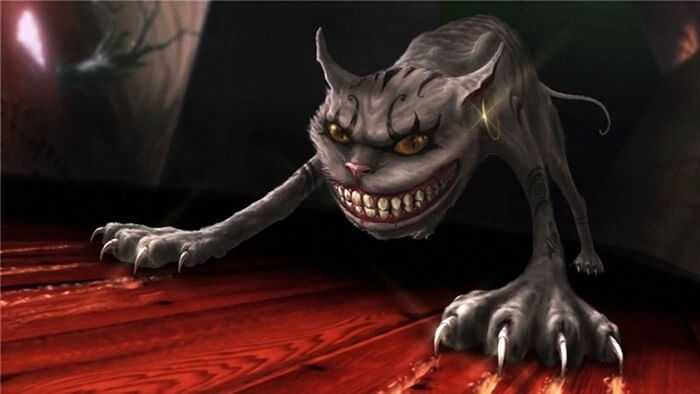 In fourth place on our Scary Christmas Chart is the creature that children in Iceland are afraid of. The Yule Cat roams around at night during Yule (Christmastide) and punishes those who have not bought new woolen clothes for Christmas. It is described as a giant black furry beast that reminds Icelanders to work hard throughout the coming year. After all, whoever works can afford a new thing. And who does not work, the Yule cat will eat. He especially loves to feast on lazy and naughty children. There is also a more humane version of the story, according to which the Yule Beast does not eat the kids, but a holiday treat. But the cat gives gifts to good children.
In fourth place on our Scary Christmas Chart is the creature that children in Iceland are afraid of. The Yule Cat roams around at night during Yule (Christmastide) and punishes those who have not bought new woolen clothes for Christmas. It is described as a giant black furry beast that reminds Icelanders to work hard throughout the coming year. After all, whoever works can afford a new thing. And who does not work, the Yule cat will eat. He especially loves to feast on lazy and naughty children. There is also a more humane version of the story, according to which the Yule Beast does not eat the kids, but a holiday treat. But the cat gives gifts to good children.
2. Saint Thomas
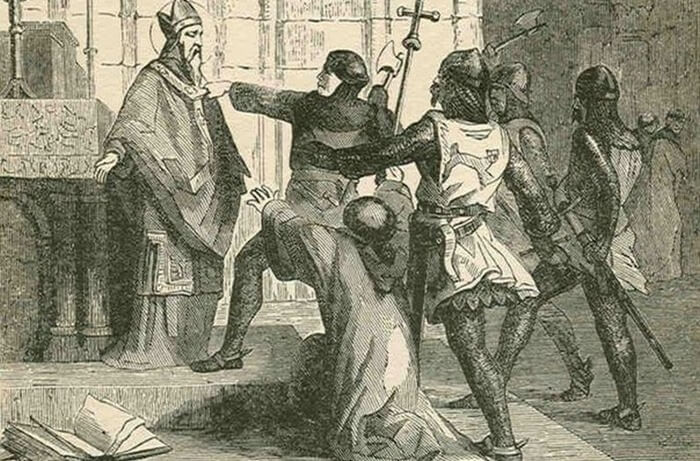 The Austrian story of St. Thomas rightfully occupies the second line in the list of the worst legends associated with Christmas.It doesn't matter if you've been well-behaved for a year or you were a notorious villain, Thomas punishes everyone. This man with a long beard divided into two halves came on December 21 at nightfall. If the door to the house was open, Thomas entered the dwelling, silently looked at its inhabitants and pointed to one of them. The name of the poor fellow was now written in the Book of Death and he was not destined to live until the next New Year. However, Thomas could be appeased by offering him a special cookie. And so that he did not go into the house outside the door, it was necessary to put crossed pitchforks or brooms. But the doors of the barns from St. Thomas were not locked so that there was a good harvest, because he was kinder to vegetation than to people.
The Austrian story of St. Thomas rightfully occupies the second line in the list of the worst legends associated with Christmas.It doesn't matter if you've been well-behaved for a year or you were a notorious villain, Thomas punishes everyone. This man with a long beard divided into two halves came on December 21 at nightfall. If the door to the house was open, Thomas entered the dwelling, silently looked at its inhabitants and pointed to one of them. The name of the poor fellow was now written in the Book of Death and he was not destined to live until the next New Year. However, Thomas could be appeased by offering him a special cookie. And so that he did not go into the house outside the door, it was necessary to put crossed pitchforks or brooms. But the doors of the barns from St. Thomas were not locked so that there was a good harvest, because he was kinder to vegetation than to people.
1. La Befana
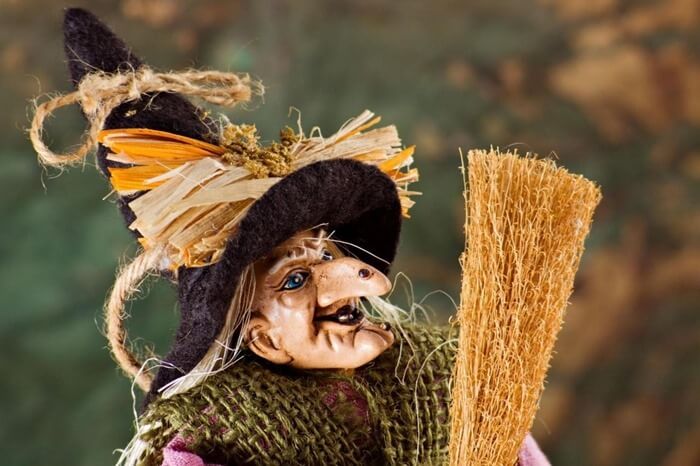 A hook-nosed Christmas witch wearing holey stockings, a long cloak, and a pointed hat. She flies on a broomstick on January 6th (Epiphany Day), La Befana gives gifts to well-mannered boys and girls.
A hook-nosed Christmas witch wearing holey stockings, a long cloak, and a pointed hat. She flies on a broomstick on January 6th (Epiphany Day), La Befana gives gifts to well-mannered boys and girls.
Instead of a gift for the "bad guys," La Befana throws coal into the chimney or stuffs a stocking hanging from a Christmas tree with coal. Italian parents warn their mischievous and mischievous people that if they misbehave, La Befana will take them with him.
In many ways, La Befana plays the same role as Saint Nicholas and Krampus “in one bottle”.
There is a legend that La Befana is associated with three wise men. She provided shelter and food for the wise men, but refused to go to see the Christ child because she had too much housework. Then La Befana changed her mind, but could not find either Jesus or the Magi. So now he flies around the world in search of them.

